A Quick Look at the Moto X - Motorola's New Flagship
by Brian Klug on August 1, 2013 3:00 PM EST- Posted in
- Smartphones
- Qualcomm
- MSM8960
- Motorola
- Mobile
- Android 4.2
- Moto X
- S4 Pro
Touchless Control
Though the UI for the Moto X is indeed stock android basically everywhere ($12.5 Billion later, Google finally killed Motoblur), there are two specific software customizations on the Moto X which are chief differentiators. The first of which is touchless control, which is essentially a combination of always-listening voice command, and Google Now.
The way it works is simple – say “OK Google Now” with the phone in literally any state, and you’ll get dumped into a special Google Now prompt. It works with the phone in standby mode (screen off, powered on, but in deep sleep), or with screen on.
There’s a training initialization which asks you to say “OK Google Now” in a very quiet room three times (I had to lock myself in a bathroom for the meter to register quiet enough) to enable the feature. After that, saying OK Google Now works well and powers on the phone to this menu. Users cannot change the OK Google Now keyphrase to something custom.
For this system, Motorola uses a natural language processor (NLP) of custom design that I haven’t quite tracked down yet. This controller constantly listens on the 3 microphones onboard Moto X for the “OK Google Now” keyword, then wakes up the AP and enables the Google Now prompt. Motorola says it went with this solution to enable always-on voice without killing battery life from running the main AP all the time (which does make sense). It works surprisingly well, maybe even too well, as even after training saying “OK Google Now” can turn on every Moto X around you. Just something to be aware of.
Contextual Processor
The contextual processor powers two other features, active display, and the gesture-enabled quick capture camera.
Active display is Motorola’s solution to the constant device checking and glancing that users do to find out why a notification fired. It’s a view that sits above the lock screen and displays the last few notifications and enables you to dive into the appropriate app that triggered it. Information just appears on the display when it’s in an off state, breathing in and out when the device is face-up on a surface. Otherwise, flipping the Moto X from face down to face up will bring up the display – I can’t screenshot it, this seems to live outside Android entirely.
To get a preview, you can touch the notification, and then drag up. Dragging left or right clears notifications. Dragging up into a notification will dive into the appropriate application.
There are privacy settings to enable or disable how much information you can have displayed on the active display notification screen so this doesn’t bypass if you have a lock screen on purpose.
I leave my phone face-up on my desk instead of face down to prevent screen scratches, where and the Active Display notification screen pulses periodically with the time and when notifications come in. It works well, I just need to spend time with it.
The other contextual-powered feature is quick capture, which is the quick enter camera gesture. Hold the Moto X, flick your wrist like a screwdriver, and you’ll get popped into Motorola’s camera UI for the Moto X.
The UI is very simplified and makes some interesting choices. Tap to focus and expose is disabled by default – instead tapping anywhere captures a photo. Tap to focus can be re-enabled in the settings, which fly out from the left, but now tapping anywhere focuses on that region and captures immediately. I’m not sure if I like this change. The camera sensor is 16:9, and the preview is likewise 16:9, so there’s at least no cropping going on.
The UI includes HDR, flash control, tap to focus enable/disable, slow motion video (720p60), panorama, location tagging, shutter sound, and the flick gesture enable/disable. What’s missing is photosphere support, unfortunately. Dragging right gets you into the gallery, and there are buttons for changing to the front facing camera and taking video instead of photos. This is sort of a tweaked Android 4.2/4.3 camera UI, with stuff just moved around and photosphere removed.
I’ve done some digging around and believe that Motorola is using a TI MSP430 microcontroller for its contextual processor, as this seems to do at least sensor fusion for the different situational positions. I’m not sure if this also powers the active display functions but wouldn’t be surprised if it did.


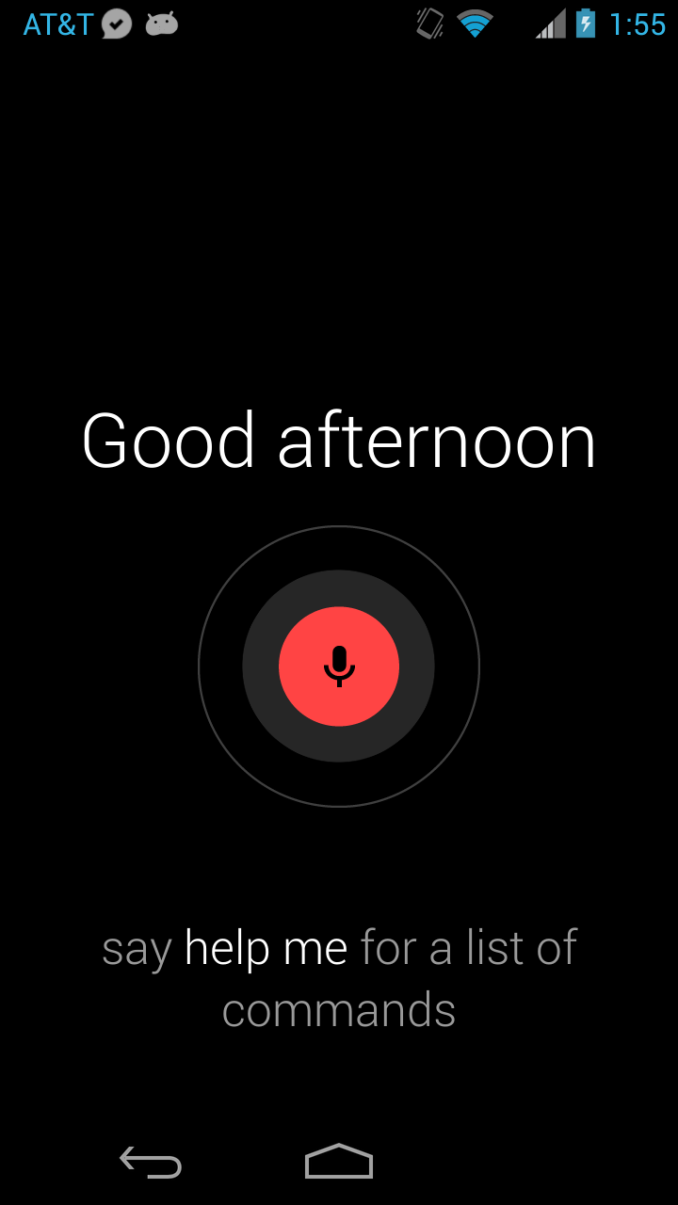
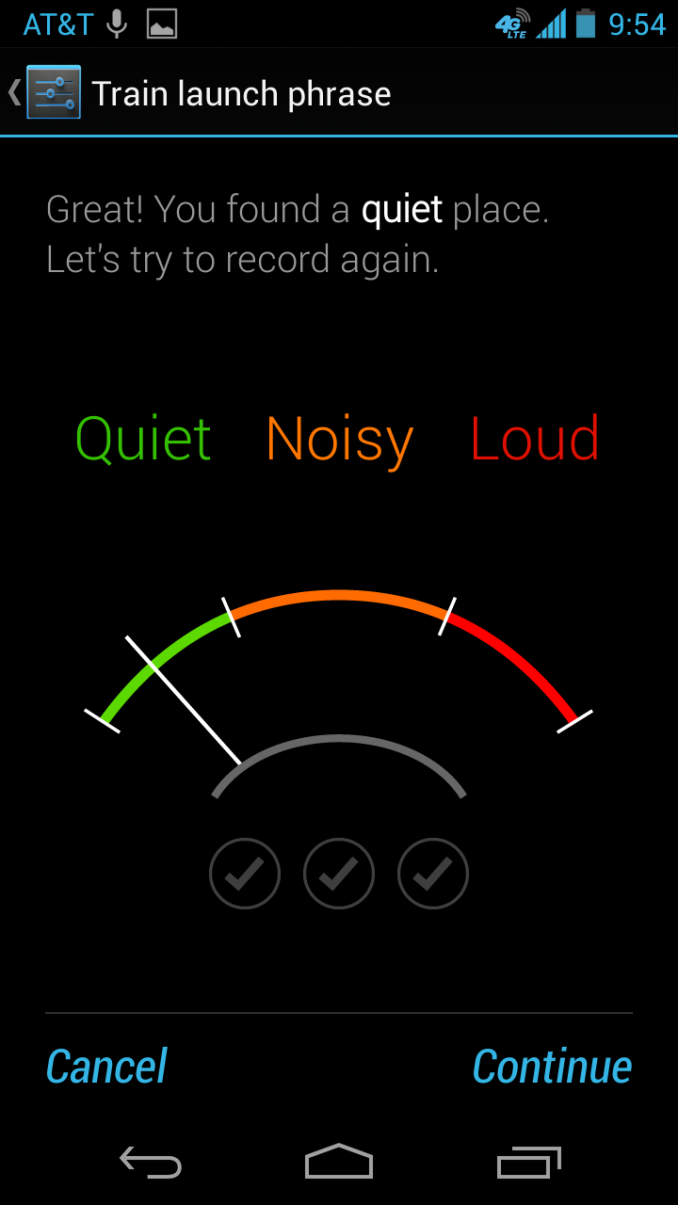
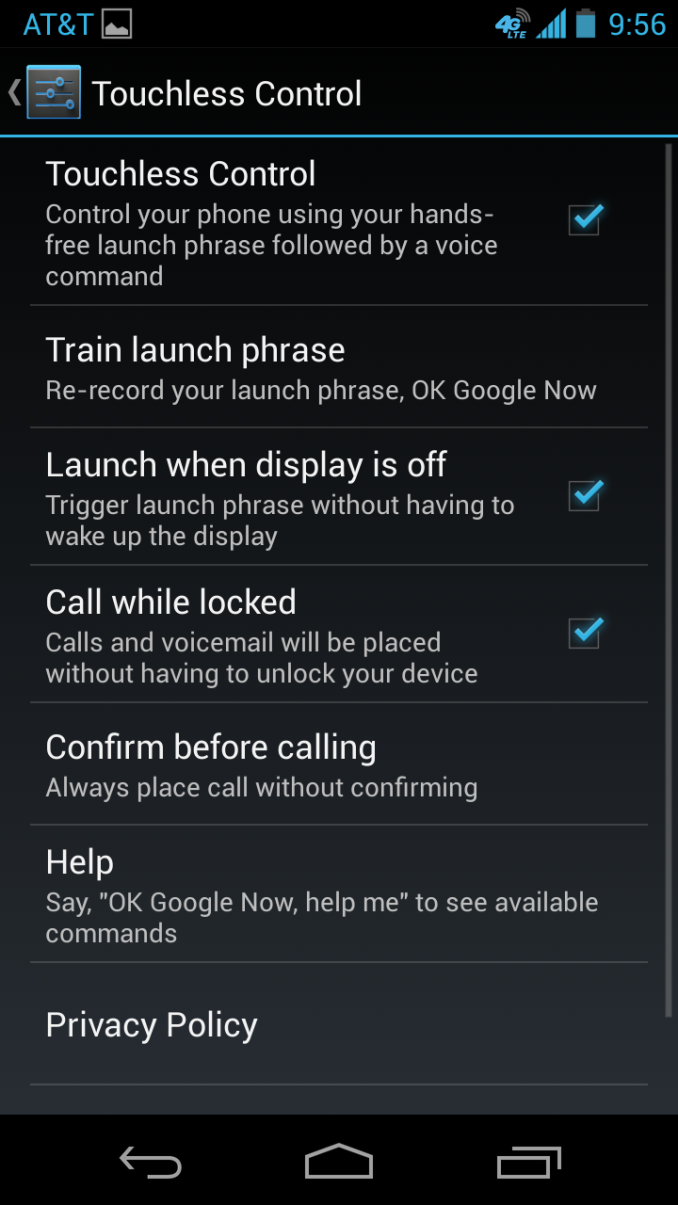
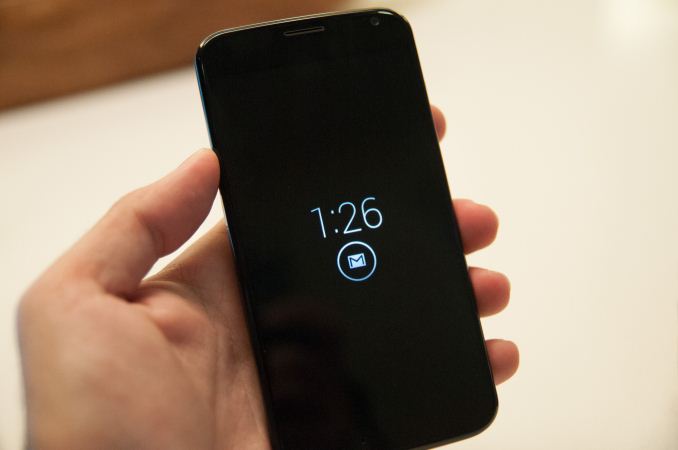
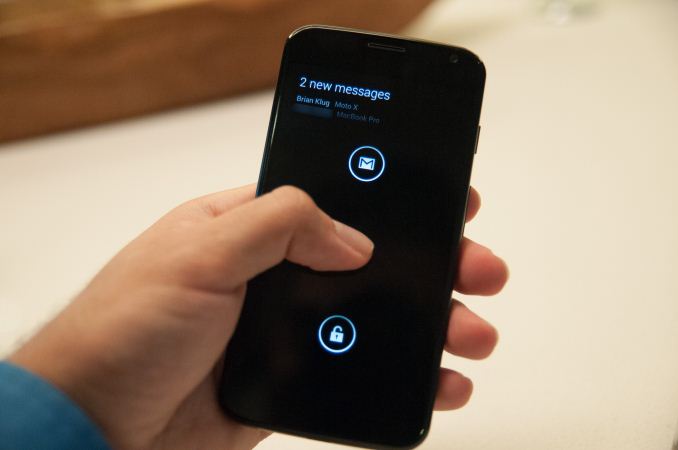
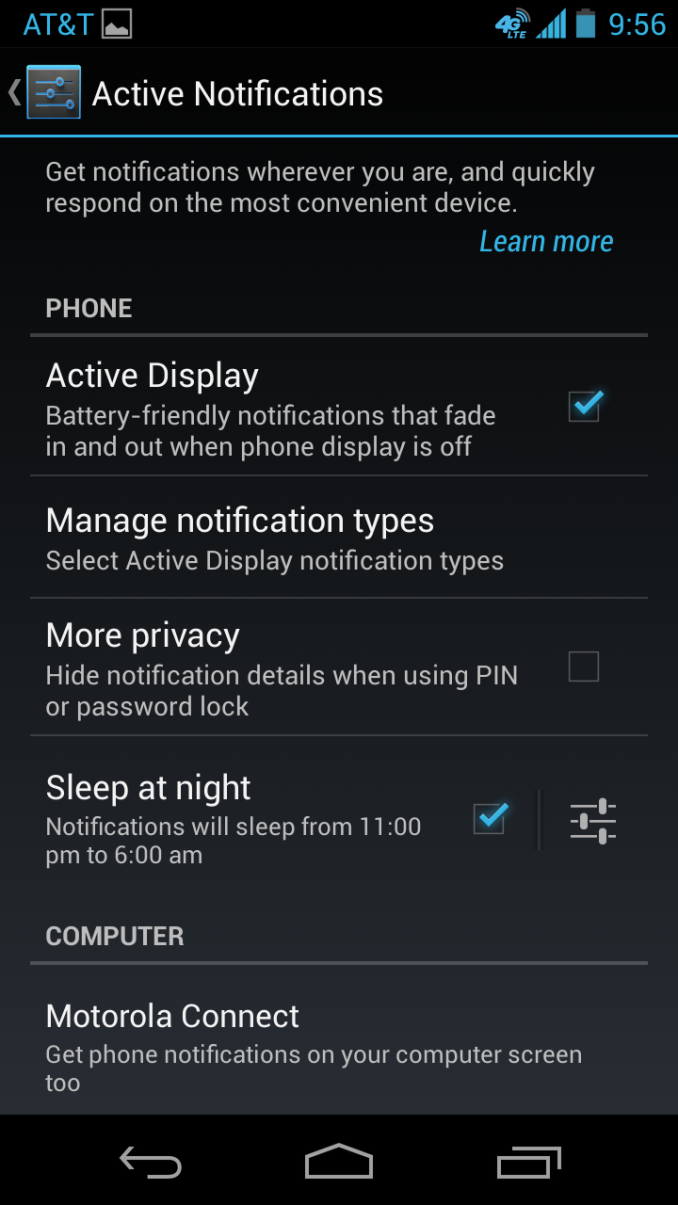
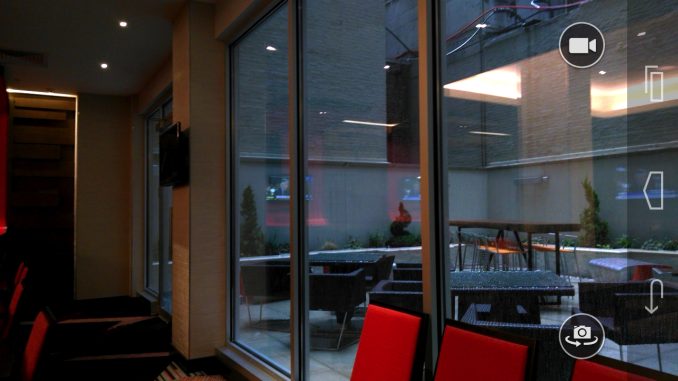
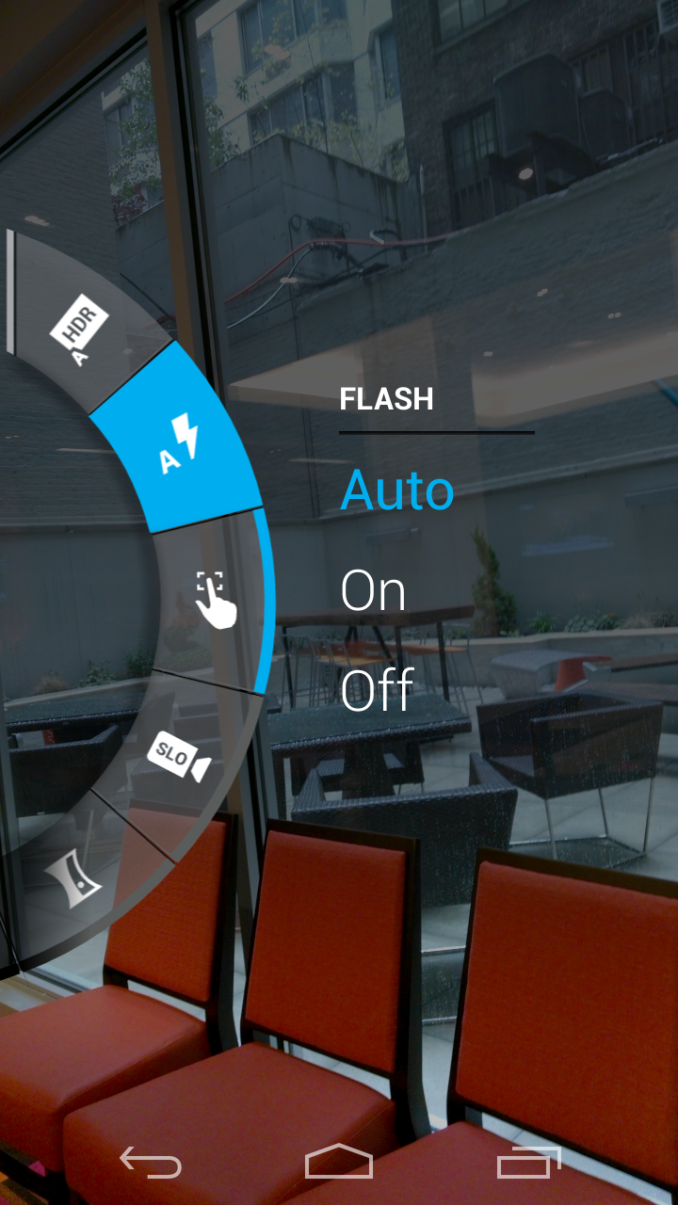








162 Comments
View All Comments
nerd1 - Friday, August 2, 2013 - link
Then you can always get last year's phone at great discount.Azurael - Friday, August 2, 2013 - link
Which is why I have a Nexus 4 and won't be picking up any of the current generation phones when my contract expires in a month...Still, I'd like to have the latest production technology and components in a high end, nicely made phone without these stupid battery sapping gimmicks. The Nexus 4 is the first Android phone I've owned with acceptable battery life, and this seems like a conspiracy to drag things back to the barely making it through a day nonsense my One X, Atrix, Desire Z and Desire have given me.
DBissett - Friday, August 2, 2013 - link
There is such a huge bite of style and glamour associated with this that Mot is obviously trying to market to an audience that's flattered with a "high end" phone based on said style and glamour rather than specs. I can hear it now...."What color would you like than in? How many pixels? What's that?" It's not touchable for 199, maybe 99, but many will get oh so excited they just won't be able to help themselves.nerd1 - Friday, August 2, 2013 - link
So the much hyped 'personalization' is custom backplate that is non-removable.It's WAY better to make backplate removable, which enables easy battery swap AND tons of personalization too, just like old-school phones.
dusk007 - Friday, August 2, 2013 - link
I think this phone is pretty much a fail for gaining significant market share, not because it is bad, but because barely anybody can buy it. I see no turn around here for Motorola.The form factor is IMO the biggest selling point. The reason I would buy it, even though I wished it was 1-2mm thicker and had more battery. 4.7" compact is perfect.
But they had a lot of publicity with many people looking what the first true Google/Motorola Spawn would be like and now they effectively have a paper launch. Marketing the ability to customize the exterior as a feature that won't be available to most people. Everywhere except the US people barely know Motorola still exists but they could have changed that had they actually launched a new device. Instead all they get is a short news piece everybody will have forgotten in a few days. The time actual phones show up in the world few people will even take notice and the killer features that really attract attention are missing too. I can see this device winning if you compare them in store (people that care little about specs and more about feel) without any idea what to buy but it won't get much attention otherwise.
The price is also too high. You cannot go iphone 5 prices without having a reputable brand first. Slightly below the Samsung S4 would still be okay but not this high.
I am really wondering when and what will actually show up in europe. If they wait too long, they compete with the first Merryfield phones on european soil where made in US means little and while the iphone brand isn't as much of a competition the Motorola brand is less known than Siemens Mobile (which died a few years ago I think).
The phone is great. Specs are good enough and the form factor look spectacular. Voice features are nice to have, who knows how well they work. It seems the people that maneuvered the company into a corner where they basically work for one American mobile company only and loose most of their presence world wide, are still active in their sales&distribution department. They should replace them if they ever want to be a big player again.
nerd1 - Friday, August 2, 2013 - link
It is way thicker than other flagship phones @ 10.4mm, yet packs only 2200mAh battery which is non-removable. Isn't moto well known for RAZR-thin phones years ago? Modern samsung, sony and HTC phones are around (or less than) 8mm, and sammy managed to pack 2600mAh battery which is user swappable.amdwilliam1985 - Friday, August 2, 2013 - link
battery size != battery life :)Death666Angel - Friday, August 2, 2013 - link
But all things being roughly equal (which they are in all smartphones of this size), battery life ~ battery life. :)elotrolado - Saturday, August 3, 2013 - link
10.4mm at it's thickest--remember it is contoured not flat. also, the use of 8 variable cores and Android 4.2.2 equals energy efficiency. Moto says 24 hour battery life with normal use.superflex - Friday, August 2, 2013 - link
It looks like a nice phone and I do like the recessed screen and color choices.The slower processor and 16 GB storage option for a premium phone are questionable.
Sealed battery is not a deal killer. Lack of a SD card is not a deal killer on the 32 GB model. Kinda so on the 16 GB model.
The price is crazy wrong though.
The GS4, HTC One and LG G Pro are much better choices for the same money.